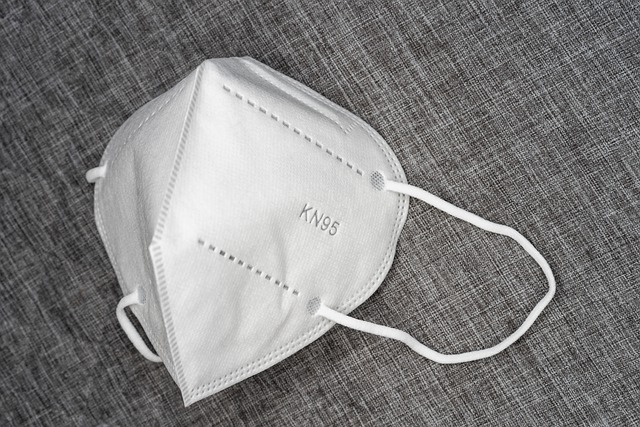Table of Contents
N95 masks /N 95 Respirators
An N95 respirator is a respiratory protective device designed to achieve a very close facial fit and very efficient filtration of airborne particles.
In a N95 Mask, the edges of the respirator are designed to form a seal around the nose and mouth.
Similarities among surgical masks and surgical N95 Masks
Both surgical masks and surgical N95 Masks are tested for fluid resistance, filtration efficiency (particulate filtration efficiency and bacterial filtration efficiency), flammability and biocompatibility. Both should not be shared or reused.
Comparison of Surgical Masks and Surgical N95 Respirators
| Surgical masks | surgical N95 respirators |
| A surgical mask is a loose-fitting, disposable device that creates a physical barrier between the mouth and nose of the wearer and potential contaminants in the immediate environment. These are often referred to as face masks, although not all face masks are regulated as surgical masks. Note that the edges of the mask are not designed to form a seal around the nose and mouth. | An N95 respirator is a respiratory protective device designed to achieve a very close facial fit and very efficient filtration of airborne particles. Note that the edges of the respirator are designed to form a seal around the nose and mouth. Surgical N95 Respirators are commonly used in healthcare settings and are a subset of N95 Filtering Facepiece Respirators (FFRs), often referred to as N95s. |
Precautions when use N95 Respirator
People with breathing difficulty:
People with chronic respiratory, cardiac, or other medical conditions that make breathing difficult should check with their health care provider before using an N95 respirator because the N95 respirator can make it more difficult for the wearer to breathe.
when sterile conditions are needed.
Some N95 masks have exhalation valves that can make breathing out easier and help reduce heat build-up. Those types should not be used when sterile conditions are needed.
If N95 mask respirator is damaged:
ll FDA-cleared N95 respirators are labeled as “single-use,” disposable devices.
If the mask is damaged or soiled, or if breathing becomes difficult, you should remove the respirator, discard it properly, and replace it with a new one.
How to discard N95 Respirator:
- To safely discard your N95 respirator, place it in a plastic bag and put it in the trash.
- Wash your hands after handling the used respirator.
for children or people with facial hair
N95 respirators are not designed for children or people with facial hair. Because a proper fit cannot be achieved on children and people with facial hair, the N95 respirator may not provide full protection.
You can Buy N95 Masks/ N95 Respirators here
How do N95’s work?
The filtration media contained in the N95 is designed to capture at least 95% of particles measuring a median of 0.3 µm.
Even though viral particles are a few orders of magnitude smaller than this, nanoparticles mainly travel by Brownian motion and are effectively captured within the N95 filter via mechanical and electrostatic forces.
The outer mask material is typically hydrophobic polypropylene. Importantly, extended use, re-use, or re-processing of masks all affect the filtration capacity of the mask.





